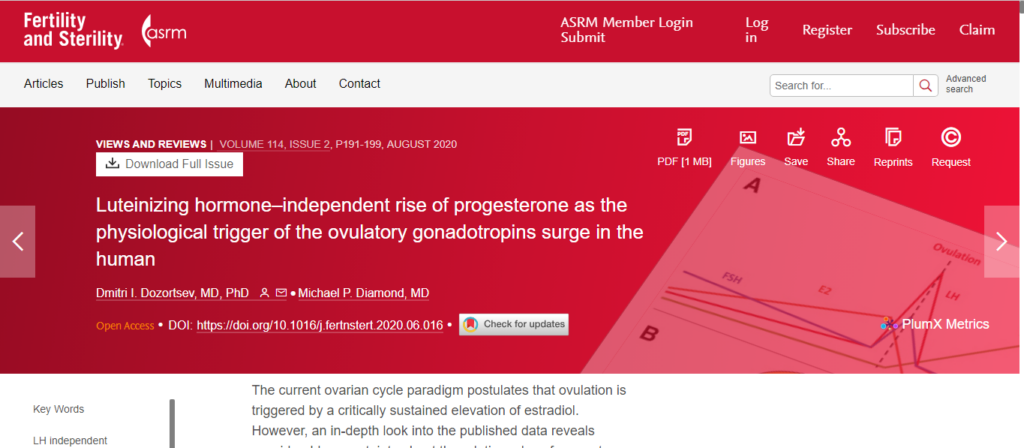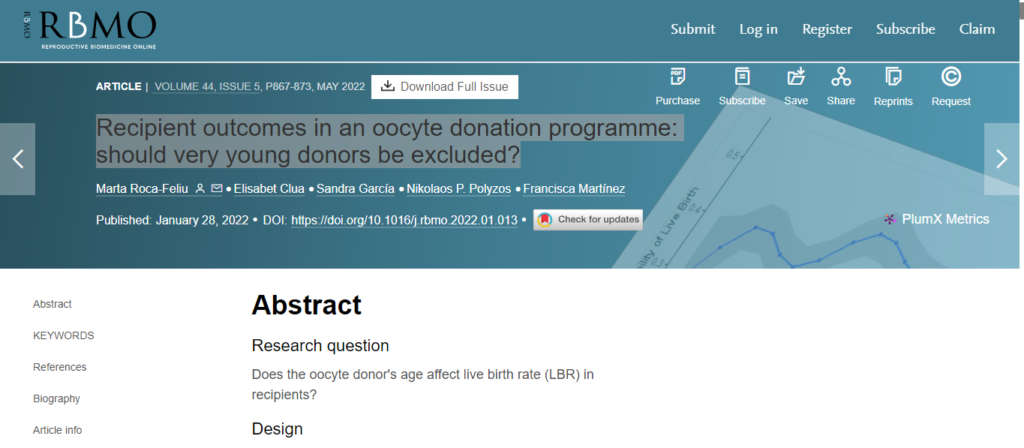Whether done for personal or medical reasons, gender selection allows couples to choose the sex of their baby prior to delivery.
There are a few reasons a couple might want to choose the sex of their baby before delivery, typically for medical reasons or simply to have a balance of genders in their family. Luckily, this can be accomplished through preimplantation genetic screening (PGS) done in conjunction with in vitro fertilization (IVF).
A child’s sex is determined by the X or Y chromosome. A female egg carries only the X chromosome, while the sperm can hold either chromosome. When an egg is fertilized with an X chromosome from the sperm, a female child is born. In contrast, when an egg is fertilized with a Y chromosome from the sperm, a male child is born.
During an IVF procedure, an egg from the mother is fertilized outside the uterus by the father’s sperm. The resulting embryo is tested for genetic abnormalities as well as gender. The embryo with the desired sex is then implanted into the mother’s womb. The success rate for gender selection via PGS is nearly 100 percent. Another method is to separate sperm by X or Y chromosome and then fertilize the egg with the sperm that would deliver the desired gender. However, this option is not as accurate as PGS in helping couples plan their family.
Why Gender Selection?
Couples opt for gender selection for a variety of reasons, but the two primary reasons are personal and medical. A family with three boys, for example, may wish for a girl to balance their family. In that instance, gender selection is an elective option.
For other couples, however, gender selection could serve a more serious purpose. The gene for some genetic diseases, such as muscular dystrophy and hemophilia, are linked to the mother, but affect only males. In cases such as these, gender selection could prevent a child being born with an inherited genetic disorder. Therefore, a couple may choose to have a girl to avoid having a male child with that condition.
Because PGS can identify a number of genetic disorders (including Fragile X syndrome, Tay-Sachs disease, and sickle cell anemia, among others) carried by one gender more than the other, couples may want to have a child that is less likely to have a severe form of a particular inherited disorder.
After PGS, the couple can select the embryo with the gender of their choice which has been cleared of any genetic abnormalities. In most instances, more than one embryo is implanted to increase the chance of a pregnancy, while any remaining ones can be frozen for the future.
Let Us Help You Build Your Family
At the Advanced Fertility Center of Texas, our expert staff use state-of-the-art technology to perform PGS, ensuring the best chance of having a baby with your preferred gender. Whether for medical reasons or family balancing, we’ll discuss the process of gender selection so you may build the family of your dreams. We offer a full menu of fertility tests and treatments that have been successful in aiding our patients reach their family planning goals. Contact us today for an appointment to get one step closer to becoming pregnant.



